-
Featured Video
Super-charged Motorola Droid Turbo is a powerhouse…
Super-charged Motorola Droid Turbo is a powerhouse for Verizon customers1:52 /
Nov 18, 2014
-
Playlist
-
LG’s flagship G3 has a whole lot of power and beauty
2:15
Jul 17, 2014
-
Samsung Galaxy Note 4 has one thing rivals don’t
2:08
Oct 15, 2014
-
Sony Xperia Z3: The flagship phone that can play…
Sony Xperia Z3: The flagship phone that can play PS4 games (hands-on)2:06
Sep 3, 2014
-
Google’s supersized Nexus 6 takes a bite out of Lollipop
3:30
Nov 12, 2014
-
Samsung’s Galaxy S5 rises to the top
4:42
Apr 8, 2014
Editors’ Note: This post was originally published September 25, 2012, and is updated continuously.
In addition to all the times we casually glance at our smartphones throughout the day, studies estimate that we spend more than an hour everyday staring into our handsets. That’s an hour spent watching videos, playing games, and checking out photos.
Read more about smartphone displays:
- ABCs of smartphone screens: 1080p and more
- How supersensitive screens get touch-y
- Super AMOLED Plus vs. Retina vs. Super LCD vs. Nova screens
- Smartphones with ginormous screens (roundup)
It’s no wonder why, then, smartphone manufacturers pour so much into display technology, and why screen size and brilliance are important to users when considering a high-end smartphone.
These days, stunning 1,080p and 1,440p displays can be found on many top-tier handsets. But CNET rounded up some of the best touchscreens that have come our way recently.
Not only do we take in factors like resolution and pixels per inch (ppi), but we consider brightness, vibrancy, viewing angles, and color tones as well. Take a look at these top-notch displays below and let us know what you think in the reader comments.
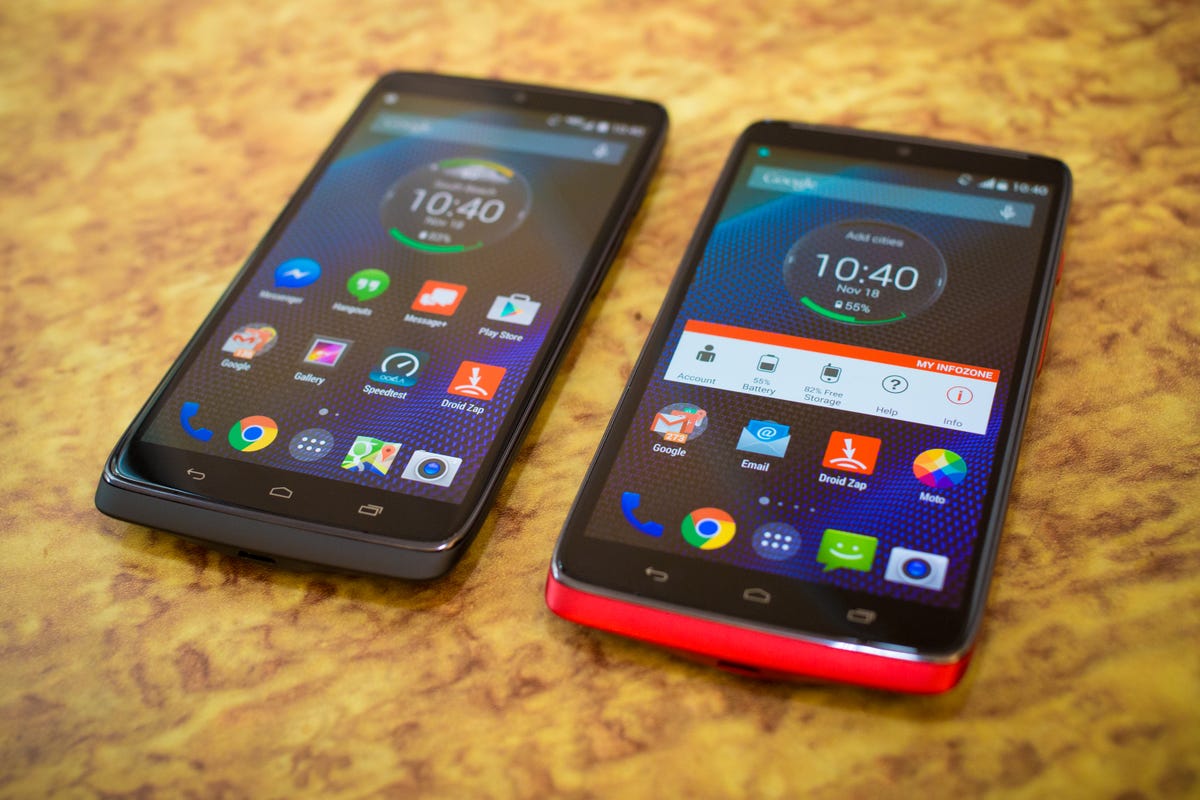
James Martin/CNET
Motorola Droid Turbo
Equipped with a high-capacity battery, a Snapdragon 805 processor, and a 21-megapixel camera, the Droid Turbo already has the workings of a solid device. But add a crisp 5.2-inch touchscreen with 565ppi and you have one of the most premium handsets around. Read the full review.
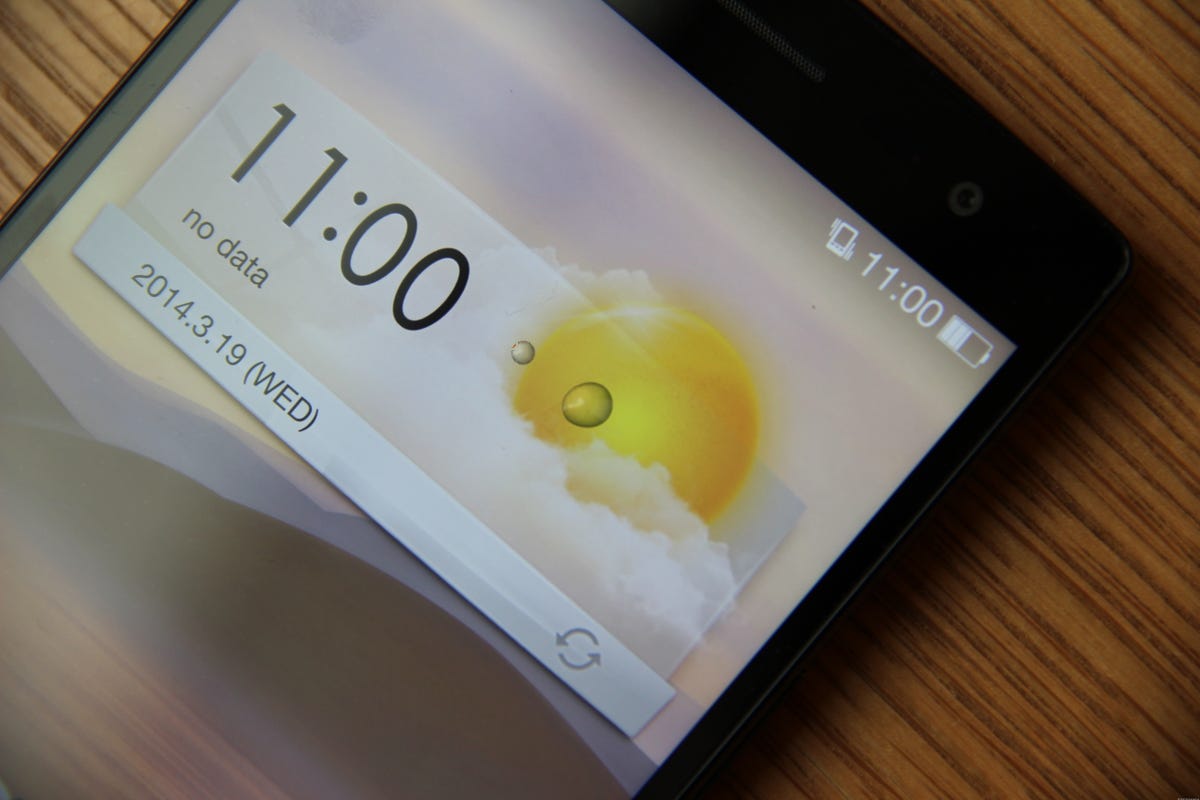

Aloysius Low/CNET
Oppo Find 7
You might have never heard of the Find 7, but this smartphone from Chinese-based manufacturer Oppo has one of the most impressive displays we’ve seen. Packing 538ppi, it was one of the first globally available handsets with a 1,440p quad-HD panel. Read the full review.
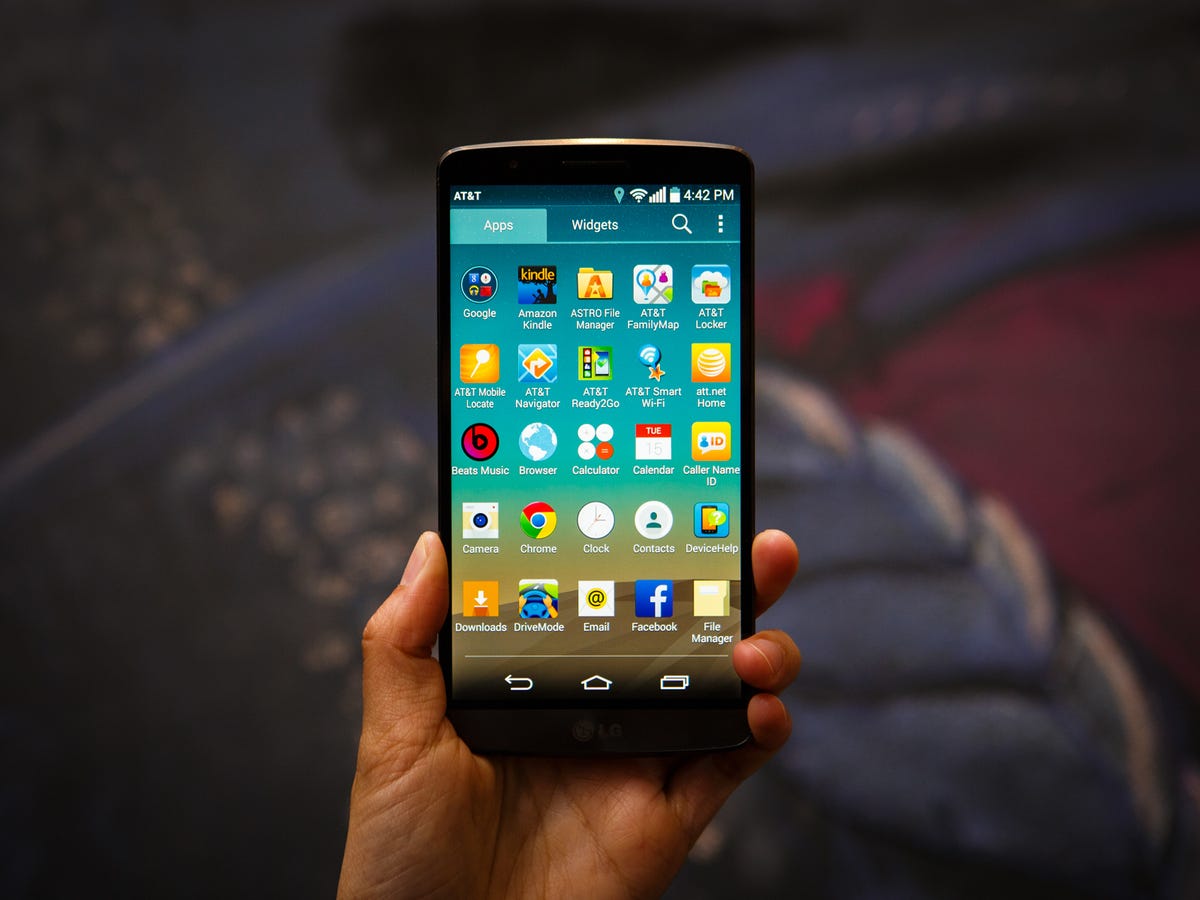

Josh Miller/CNET
LG G3
With its 2,560×1,440-pixel resolution and a barely-there bezel, the 5.5-inch G3 gets major bragging rights. And while those specs may not be that discernible against its flagship competitors, or even to the human eye (which is only able to see about 466ppi), there’s no denying that LG’s marquee device is one sharp smartphone. Read the full review.
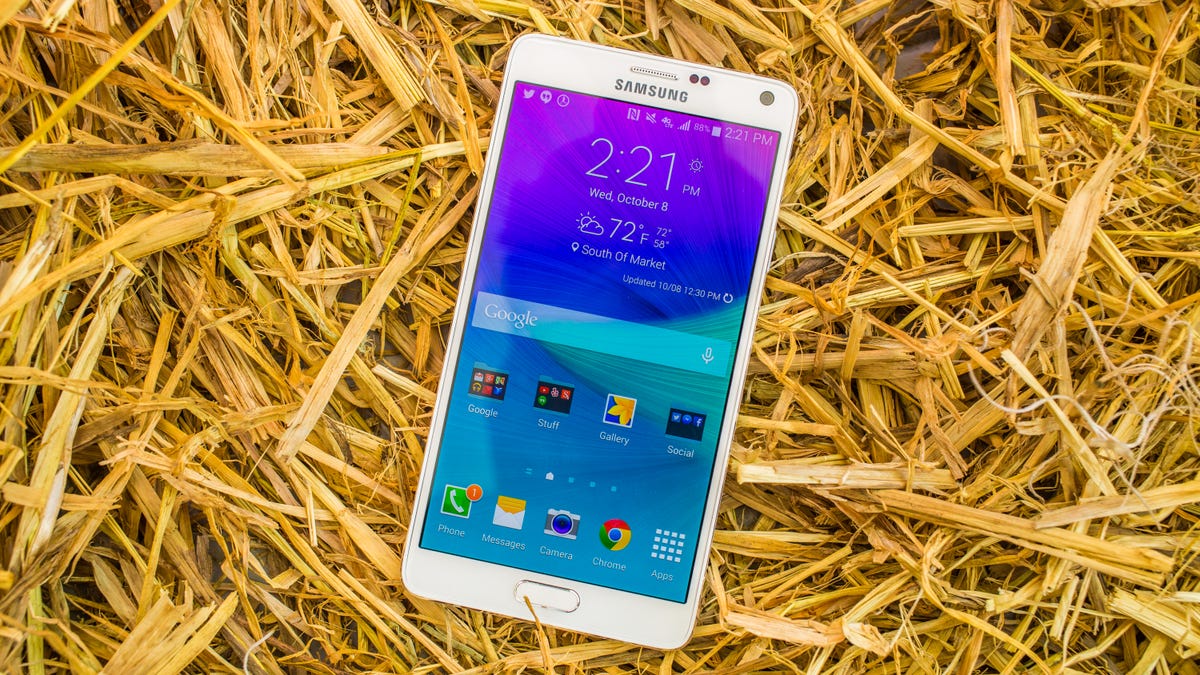

James Martin/CNET
Samsung Galaxy Note 4
Because the original Samsung Galaxy Note kicked off the era of big-screen smartphones, it’s safe to expect every iteration after the first will sport a stunning and vivid display. The Note 4 is no exception, offering an expansive 5.7-inch quad-HD panel with a number of baked-in software goodies that work with the device’s smart S Pen stylus. Read the full review.
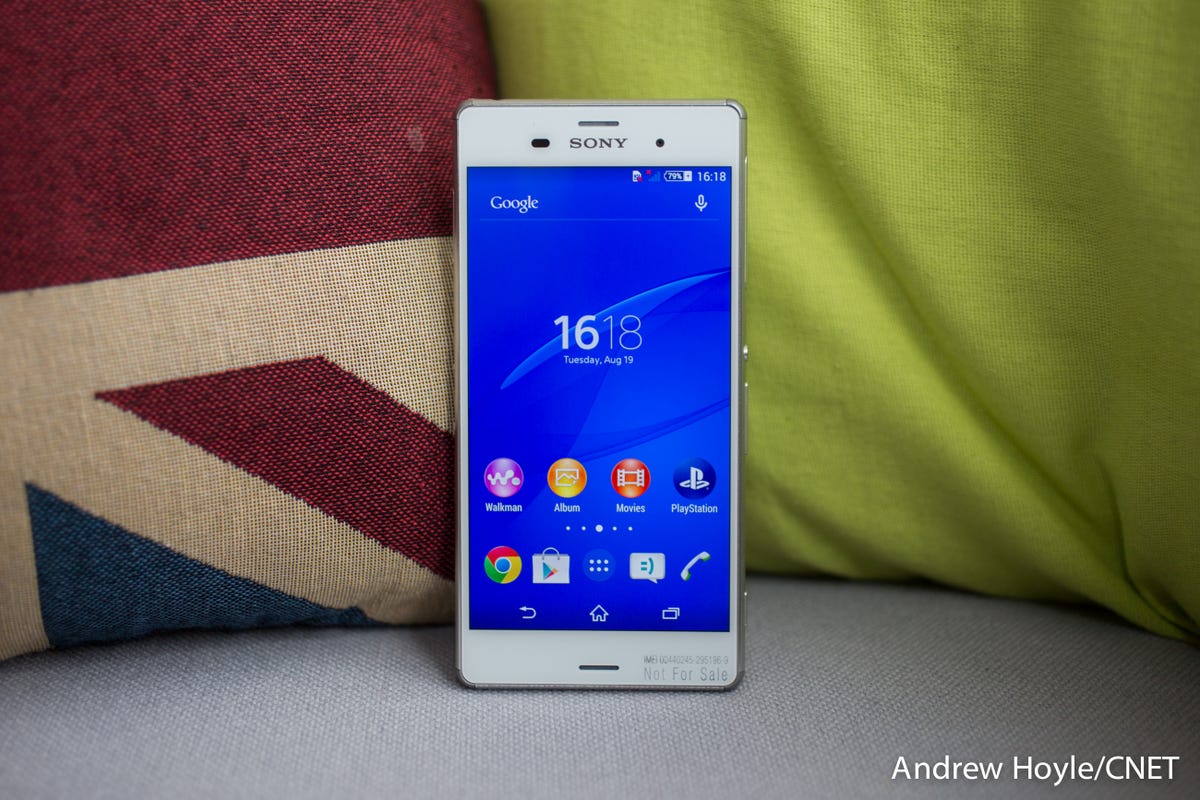

Andrew Hoyle/CNET
Sony Xperia Z3
Having a 1,440p resolution isn’t a requirement to land on this list. Case in point? The Xperia Z3. Its 1,080p display is punchy, sharp, and power efficient as well. Sony claims that compared to 2K screens, the Z3’s is better for the battery. As such, the handset (which, we add, is also water-resistant) has a reported usage time of two days, and during our battery drain test for continuous video playback, it lasted an impressive 12.5 hours. Read the full review.
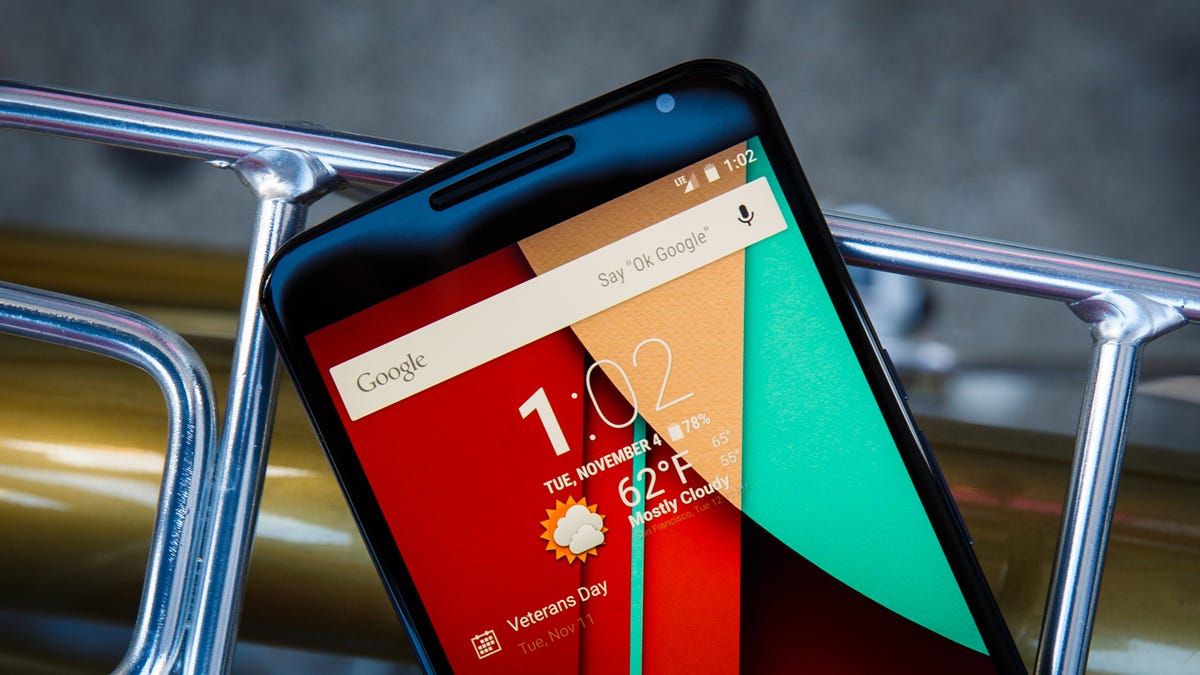

Josh Miller/CNET
Google Nexus 6
Google dropped a big surprise when it announced its newest marquee handset would flaunt a huge 5.96-inch display. But whether or not the size is right for you, there’s no denying it still has a great AMOLED screen. Featuring 493ppi, Android Lollipop 5.0, and a Snapdragon 805 CPU, the Nexus is one of the highest-end phablets on the market. Read the full review.
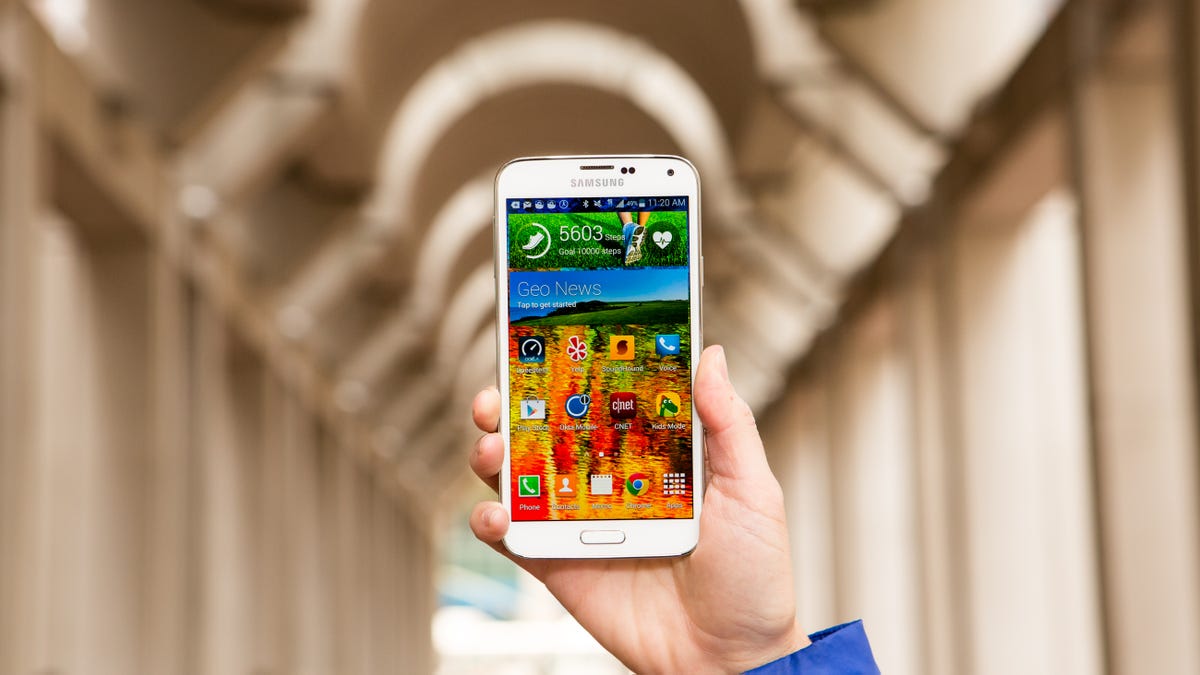

Josh Miller/CNET
Samsung Galaxy S5
Though Samsung cranked up the resolution for its Korean Galaxy S5 variant (in fact, it has an envelope-pushing 576ppi), the company still improved on its original Galaxy S5’s 1080p screen. For one, it’s equipped with a useful display panel and accompanying technology, which helps it to adapt to different lighting environments. The over-saturated tones that often plague AMOLED screen have also been toned down, leaving colors more realistic, but still striking. Read the full review.



